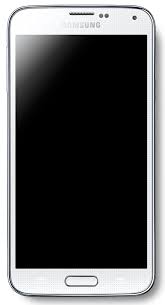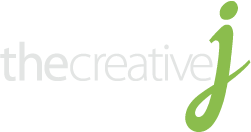Charge Ahead – Mobile Power Banks
One of the most popular products this year is mobile device chargers or power banks. It seem almost every supplier in our industry has added a variety of chargers, all with different price points and mAh levels.
And what the heck is an mAh?
Milliampere hours, or mAh, is the standard measurement of battery capacity. The more mAh a battery has, the longer it will run. Likewise, the higher the mAh number on the portable charger, the more it will be able to charge.
So what is a good mAh amount for a charger? Well, it all depends on what you need or want to charge. Here’s some mAh levels for some common devices:
iPhone 5S: 1570
Galaxy S3: 2100
Galaxy Note: 2500
iPad Air: 8820
iPad 3: 11,560
With this in mind, now look at the mAh level on the charger:
2200 mAh: Can fully charge an iPhone or a Galaxy S3
4400 mAh: Can fully charge the above and a Galaxy Note, with charge left over
5200 mAh: Fully charges all the above and about 60% of an iPad 3
11,000 mAh: Fully charge most all devices, or charge more than one device at a time.
So, which device is right for you? It depends on how you want to use it. Do you just need enough power to charge your device for a couple hours before you can get to an electrical source? Do you need to be able to charge multiple devices at the same time or before recharging the power bank? Do you want the device to display the amount of charging capacity left? Do you need multiple inputs?
Once you narrow down how you will use your power bank, then it’s just a matter of selecting the charger to fit your needs.
When it comes to electronics, we like to stick with suppliers who will back up their product. We also will only suggest items which have been certified for safety.




